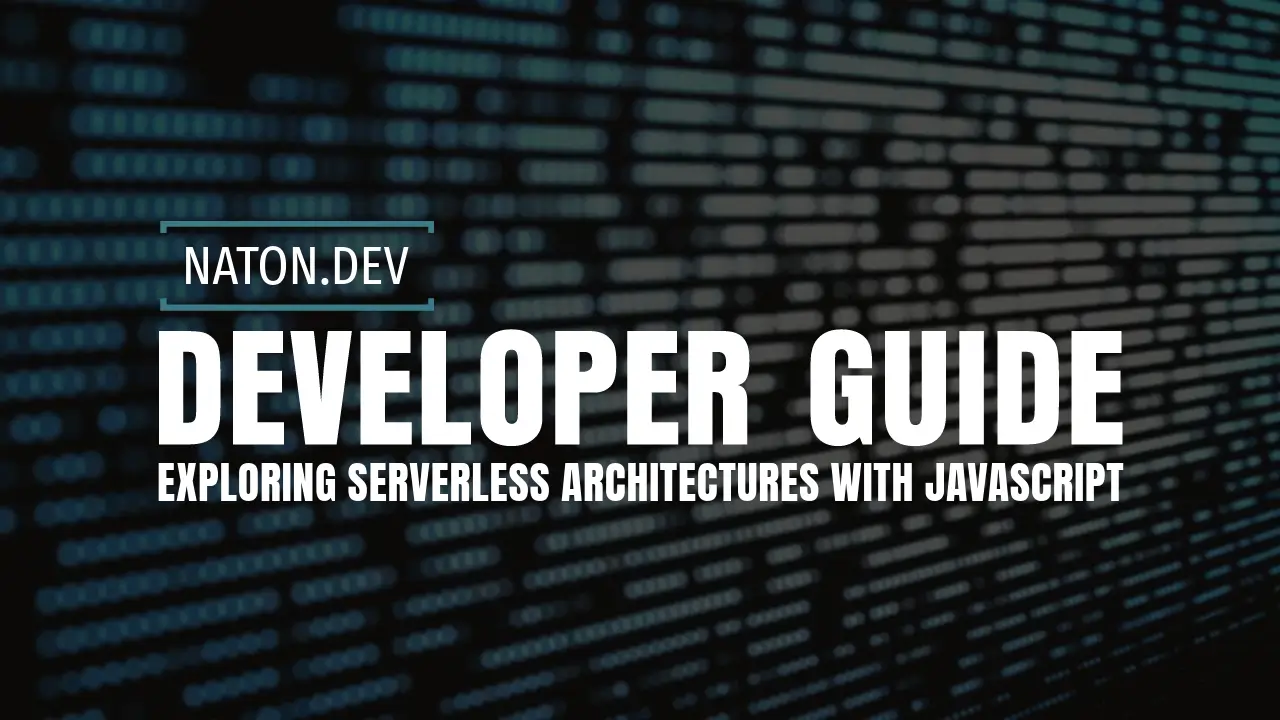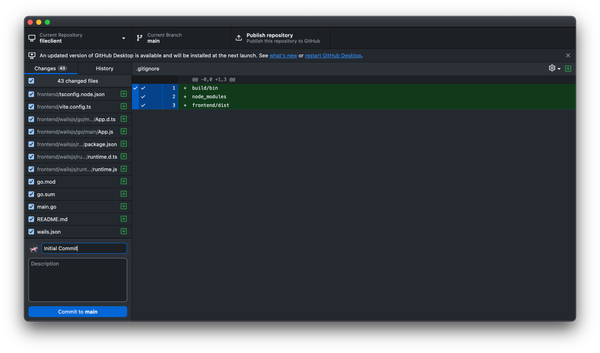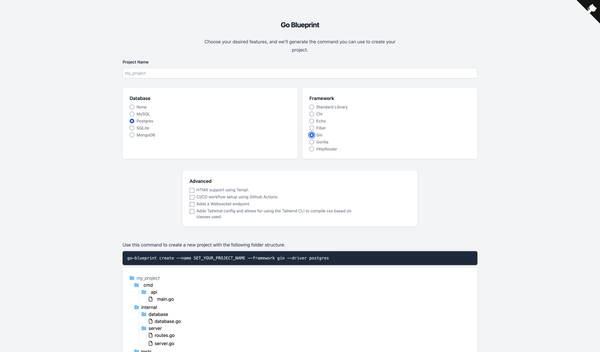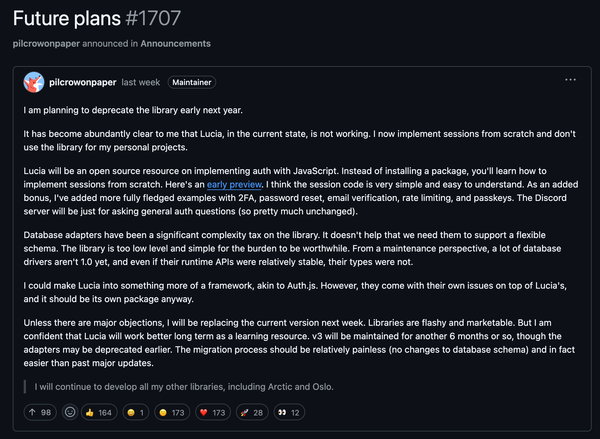Exploring Serverless Architectures with JavaScript
Dive into the future of web development with our latest exploration on serverless architectures and JavaScript—unlocking scalable, cost-effective solutions for modern applications.

In the ever-evolving landscape of web development, the shift towards serverless architectures represents a significant leap forward, offering developers an innovative approach to building and deploying applications. At the heart of this transformation lies JavaScript, a language that has transcended its client-side origins to become a powerhouse in server-side development as well. This article delves into the world of serverless architectures through the lens of JavaScript, exploring how this paradigm shift is not only reshaping the backend but also redefining what is possible in web development.
Serverless computing, despite its name, does not imply the absence of servers. Instead, it introduces a model where developers are liberated from the complexities of server management, allowing them to focus solely on writing code. This architecture is powered by Functions as a Service (FaaS), where individual functions are executed in response to events, scaling automatically with demand. The allure of serverless lies in its scalability, cost-effectiveness, and the agility it brings to the development process.
As JavaScript continues to dominate the web development sphere, its role in serverless architectures has become increasingly critical. The language's versatility, combined with the serverless model, opens up a new realm of possibilities for developers, from creating highly scalable applications to innovating with new types of services and solutions. This article aims to guide you through the intricacies of serverless architectures with JavaScript, offering insights into how this technology stack is driving the future of web development.
Understanding Serverless Architectures
Defining Serverless Computing
Serverless computing is a cloud computing execution model where the cloud provider dynamically manages the allocation and provisioning of servers. A serverless architecture allows developers to build and run applications and services without having to manage infrastructure. This model is event-driven, with cloud services executing the application code in response to events, such as HTTP requests, database changes, or queue messages. The term "serverless" is somewhat misleading, as servers are still involved, but the responsibility for managing them shifts from the developer to the cloud provider.
Core Concepts of Serverless Computing
- Functions as a Service (FaaS): The most recognizable component of serverless computing. Developers write individual functions that are executed in response to specific triggers.
- Event-driven execution: Serverless functions are typically invoked by events. These can range from web requests to triggers from other cloud services.
- Statelessness: Serverless functions are stateless, meaning they execute independently without reliance on the state of other functions.
- Scalability: The serverless provider automatically scales the execution of functions up or down based on demand.
- Micro-billing: Costs are based on the actual amount of resources consumed by an application, down to the function execution level, rather than pre-purchased capacity.
Advantages of Using Serverless Architectures
- Scalability: Serverless architectures automatically scale with the application's needs, handling increases in traffic without manual intervention.
- Cost-effectiveness: With serverless, you only pay for the execution time of your functions, not for idle server time. This can lead to significant cost savings, especially for applications with variable traffic.
- Development speed: Serverless architectures simplify the deployment process. Developers can focus on writing code rather than managing and operating servers or runtime environments, speeding up the time to market.
- Reduced operational management: Since the cloud provider handles server management, developers can devote more time to developing features and improving their application.
Common Misconceptions and Limitations of Serverless Computing
- It's completely serverless: Despite the name, serverless computing still relies on servers. The distinction lies in the abstraction of server management from the developer.
- Unlimited scalability: While serverless architectures can scale automatically, there are limits imposed by cloud providers, and scaling can introduce latency as new instances are started.
- Not suitable for long-running tasks: Serverless functions are designed to handle short tasks. Functions that require long execution times may not be ideal for a serverless model due to timeouts and higher costs.
- Cold starts: A "cold start" occurs when a serverless function is invoked after sitting idle, leading to a delay in execution as resources are provisioned. This can affect performance, particularly for applications requiring instant responsiveness.
- Vendor lock-in: Using serverless services can lead to vendor lock-in, making it challenging to migrate applications between cloud providers without significant refactoring.
Understanding these core concepts, advantages, and potential pitfalls is crucial for developers considering serverless architectures for their next project. While serverless computing offers a compelling model for building scalable, cost-effective applications, it's important to recognize when it's the right choice and how to mitigate its limitations.
Key Components of Serverless Architectures
Serverless architectures have revolutionized how developers think about web development, particularly in the context of backend services. By abstracting away the server layer, serverless architectures allow developers to focus on building features without worrying about infrastructure management. This section explores the three pivotal components of serverless architectures: Functions as a Service (FaaS), Backend as a Service (BaaS), and event-driven architectures, and their significance in the JavaScript ecosystem.
Functions as a Service (FaaS)
At the core of serverless architectures is Functions as a Service (FaaS), a cloud computing model that enables developers to execute code in response to events without managing server infrastructures. In a FaaS model, the cloud provider dynamically manages the allocation and provisioning of servers. JavaScript developers can deploy small, single-purpose functions that execute in an isolated environment, scaling automatically with the number of requests. This model is particularly appealing for JavaScript developers due to its simplicity and the seamless integration with JavaScript runtime environments like Node.js, making it easier to build and deploy scalable web applications and APIs.
Backend as a Service (BaaS)
Backend as a Service (BaaS) further abstracts backend development, providing a suite of tools and services that automate backend tasks and infrastructure management. This includes databases, authentication, file storage, and messaging services, among others. For JavaScript developers, BaaS platforms offer a straightforward way to integrate complex backend functionalities into applications without the overhead of managing servers or writing extensive backend code. By leveraging BaaS, developers can utilize pre-built services and APIs for rapid development, focusing on the client-side logic and user experience.
Event-driven Architectures
Event-driven architectures are a fundamental aspect of serverless computing, where functions are executed in response to specific events. This could range from HTTP requests triggering web APIs, file uploads to a cloud storage bucket, or custom events from other cloud services. In an event-driven model, each function runs in stateless compute containers that are event-triggered, ensuring high availability and scalable performance. For JavaScript applications, this means being able to build responsive, efficient applications that can easily scale based on real-time demand, without the complexity of managing the underlying infrastructure.
These components together create a powerful ecosystem for building and deploying scalable web applications. For JavaScript developers, serverless architectures offer an accessible, efficient, and cost-effective way to leverage cloud computing resources, enabling them to focus on creating innovative applications with rich user experiences.
Serverless Platforms for JavaScript Developers
- The Power of Serverless Computing with AWS Lambda and Node.js
- Google Cloud Functions for Firebase
- Azure Functions and its JavaScript runtime
Best Practices and Tips
Effectively Managing and Monitoring Serverless Applications
Managing and monitoring serverless applications is crucial for ensuring performance, reliability, and cost-efficiency. Utilize cloud provider tools and third-party solutions for real-time monitoring, logging, and alerting to track function executions, response times, and error rates. Implementing automated testing and deployment pipelines can also enhance application reliability and accelerate development cycles.
Security Considerations in Serverless Architectures
Security in serverless architectures involves safeguarding your functions and the data they access. Apply the principle of least privilege by granting minimal permissions necessary for your functions. Regularly update dependencies to mitigate vulnerabilities and use environment variables for sensitive information. Additionally, employ API gateways and identity and access management (IAM) services to control access and authenticate requests.
Optimizing Performance and Reducing Costs
To optimize serverless application performance and reduce costs, focus on efficient code execution. Minimize dependencies and package sizes for faster deployment and startup times. Architect your application to take advantage of caching and optimize the execution time of functions to reduce resource consumption. Regularly review and adjust resource allocations based on usage patterns to avoid over-provisioning.
The Future of Serverless and JavaScript
The future of serverless computing promises even greater integration with the JavaScript ecosystem, with emerging tools and frameworks designed to streamline development. Expect advancements in cold start optimizations, enhanced support for stateful applications, and more sophisticated event-driven capabilities. JavaScript developers should stay informed about new serverless frameworks and cloud features to leverage these advancements fully.
Emerging Tools, Frameworks, and Services
The serverless landscape is continuously evolving, with tools like the Serverless Framework, AWS Amplify, and Vercel simplifying the deployment and management of serverless applications. Stay on the lookout for new developments in these platforms and explore emerging technologies that integrate seamlessly with JavaScript and serverless architectures.
Conclusion
Serverless architectures represent a paradigm shift in web development, offering JavaScript developers a powerful model for building scalable, cost-effective applications. By understanding the key components, best practices, and security considerations, developers can harness the full potential of serverless computing. The future of serverless and JavaScript is bright, with ongoing innovations that promise to further enhance development efficiency and application performance.
We encourage readers to dive into serverless architectures, experiment with new tools and frameworks, and explore the vast potential of JavaScript in this exciting domain.
Further Reading and Resources
To deepen your understanding of serverless architectures and stay updated with the latest trends, consider the following resources:
- AWS Lambda Documentation: AWS Lambda
- Serverless Framework: Serverless
- Google Cloud Functions Documentation: Google Cloud Functions
- Azure Functions Documentation: Azure Functions
Join communities and forums like the Serverless Stack (SST) community or the AWS Serverless Heroes program to connect with other developers, share experiences, and learn from real-world projects. Engaging with these resources and communities can provide valuable insights and inspiration for your serverless projects.



